Results
-
 £49.95
£49.95SOMEBODY THAT I USED TO KNOW (Goyte) (Beginning Band) - Lopez, Victor
Internationally acclaimed, this bouncy Gotye tune will be a high point on your beginners' concert. Reinforcing staccato style with a bit of percussion support, if you are looking for a selection for your band that the whole world knows, look no further, because you just found it! Infectious! (2:00)
Estimated dispatch 7-14 working days
-
 £99.00
£99.00The Quest (Symphony No. 3, 'Don Quixote,' Mvt. I)
At long last, Robert W. Smith gives us another major work based upon classic literature. Symphony No. 3 Don Quixote musically portrays the classic tale of the errant knight, his trusty yet bumbling squire and their adventures in the name of chivalry. The Quest, the first of four movements, is distinctly Spanish in flavor. Using a blend of classic and contemporary techniques, the composer weaves together a sonic tale of the gentleman of La Mancha who takes up his lance and sword to defend those that are helpless and destroy those that are evil. Captivating, musical and full of vivid imagery, Symphony No. 3 "Don Quixote" will be a performance that is memorable for performer and audience alike.
Estimated dispatch 7-14 working days
-
 £68.00
£68.00Whither Must I Wander? - Vaughan Williams, Ralph - Swearingen, James
Following his incredible success with "Divinum Mysterium," composer James Swearingen has created another powerful and expressive setting of a wonderful classic from the past. This time he has selected the music of Ralph Vaughan Williams as his source of inspiration. A written description fails to do justice to this well-crafted work of musical reverence. The music speaks for itself! This has our highest recommendation!
Estimated dispatch 7-14 working days
-
 £64.95
£64.95The King and I (Selection) (Concert Band - Score and Parts) - Hammerstein & Rodgers - Duthoit, W. J.
Army Journal 778Each set includes Conductor (Condensed Score); 2 x Solo B flat Clarinet; 2 x 1st B flat Cornet; 2 x Basses and 1 each of all other parts as originally published. We are unable to supply parts not included in the original sets.
Estimated dispatch 7-14 working days
-
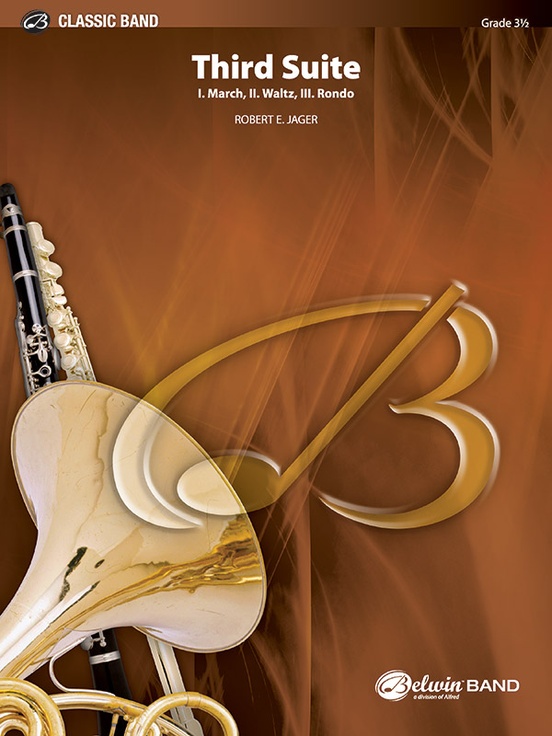 £84.50
£84.50Third Suite (I. March, II. Waltz, III. Rondo) - Robert Jager
Composed in 1966, this three movement work is performed regularly in contests and festivals as well as on concert band programs globally. The unique setting of this original work provides subtle challenges to the performers and conductor with enhanced interest for the listener. The movements are "March"---non-characteristically scored in alternating 4/4 and 3/4 time, "Waltz"---similarly juxtaposed in alternating 3/4 and 2/4 time, and the raucous "Rondo." Robert Jager's "Third Suite"---a distinctive work with charming character. (8:45) This title is available in MakeMusic Cloud.
Estimated dispatch 3-5 working days
-
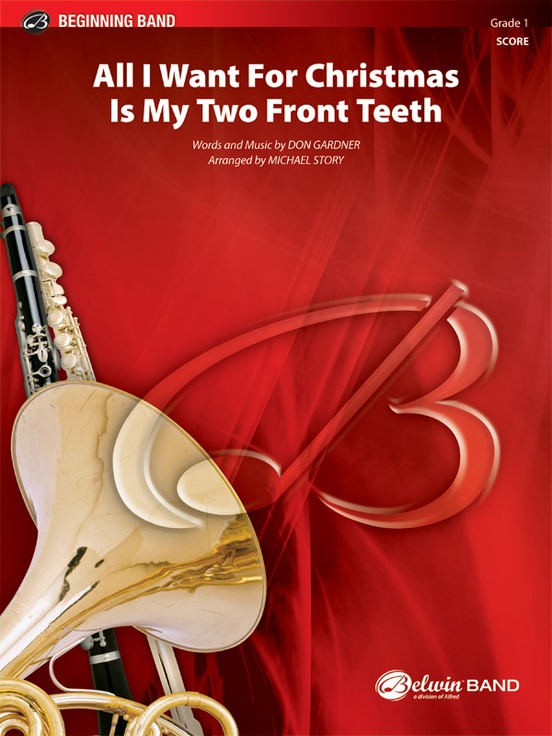 £54.95
£54.95All I Want for Christmas Is My Two Front Teeth
They lose those baby teeth everywhere---particularly in this Latin-style treatment of the holiday classic. The percussion section adds most of the Latin flavor to this tongue-in-cheek setting. Enjoy the holiday season with a smile on your face---with or without those front teeth! (1:52)
Estimated dispatch 3-5 working days
-
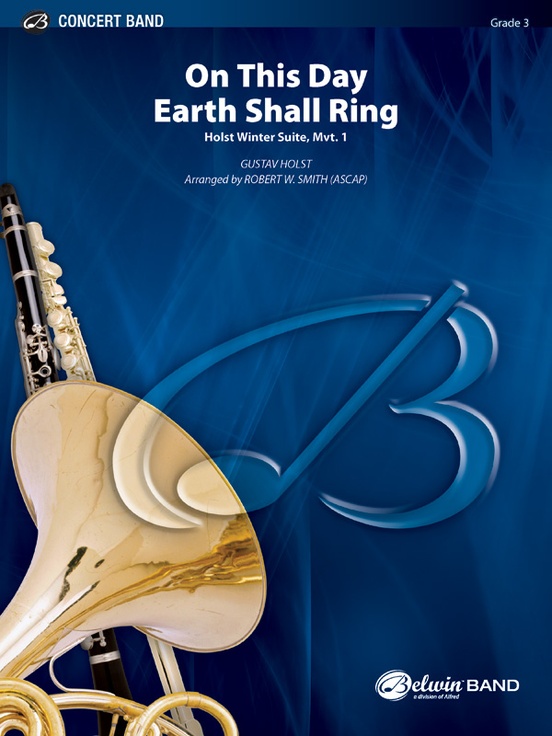 £70.50
£70.50On This Day Earth Shall Ring (Holst , Mvt. I) - Gustav Holst / setting by Robert W. Smith
This glorious Holst carol, the first movement of Holst's for Band, has been magnificently scored to be performed independently as a regal and solemn hymn or as a prelude to "In the Bleak Midwinter" (BD00972). This traditional Holst literature specifically for your winter program, is a brilliant addition to the literature.
Estimated dispatch 3-5 working days
-
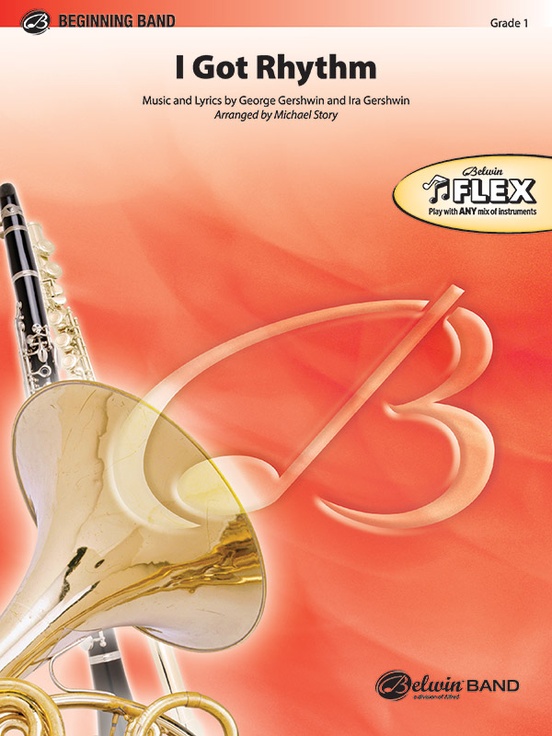 £58.50
£58.50I Got Rhythm
This version of arranged by Michael Story is part of our Belwin FLEX offerings and is designed with maximum flexibility for use by any mix of instruments---wind, strings, and percussion, including like- or mixed-ensembles with as few as 4 players. The suggested instrumentation and a customizable Teacher Map will help you plan out how to best assign parts to suit your ensemble's needs. The 4-part instrumentation will support balanced instrumentation of the lower voices. It also comes with supplemental parts for maximum flexibility. With the purchase of this piece, permission is granted to photocopy the parts as needed for your ensemble. A percussion accompaniment track is also available as a free download. String parts have been carefully edited with extra fingerings and appropriate bowings to support students in mixed ensembles playing in less familiar keys. This timeless George and Ira Gershwin jazz classic has been covered by dozens of popular artists. The song remains one of the most recognizable melodies from the 20th century. In a charismatic contemporary arrangement, is accessible to first-year students and will be an upbeat addition to any program. (1:45) This title is available in MakeMusic Cloud. Percussion Accompaniment Track Downloads: . .
Estimated dispatch 3-5 working days
-
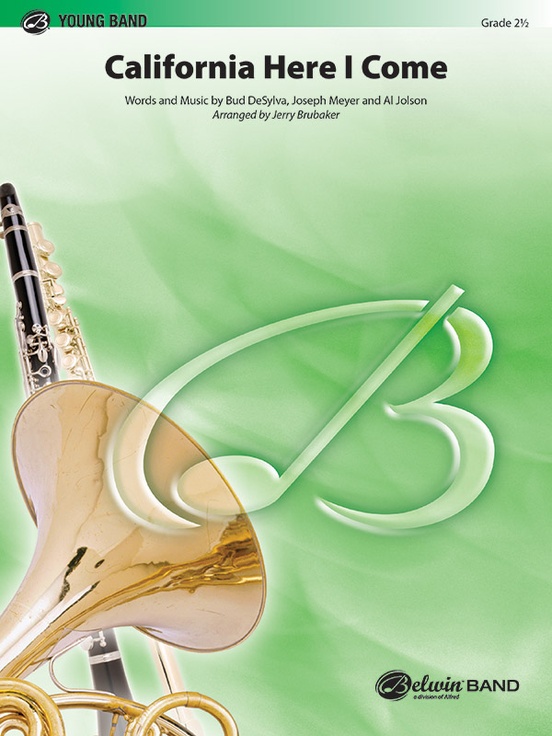 £66.95
£66.95California Here I Come
Celebrate the 100th anniversary of this classic tune with Jerry Brubaker's masterful band arrangement of . Transport your audience to the Golden State with its iconic melodies and energetic rhythms. It's an exciting opportunity to pay homage to a century of timeless musical charm while showcasing your young band. (1:20)
Estimated dispatch 3-5 working days
-
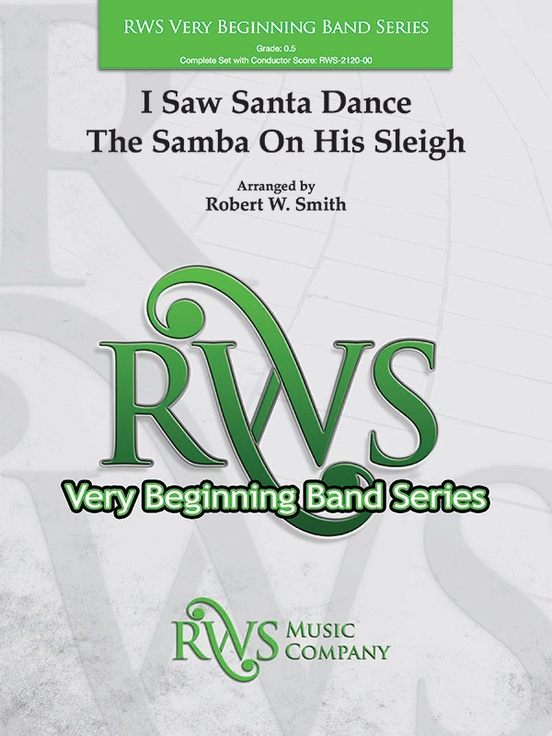 £50.50
£50.50I Saw Santa Dance the Samba on His Sleigh
Based on the holiday classic Jingle Bells, this clever arrangement by Robert W. Smith for the beginning band is based on the story of a young child hearing a bit of a commotion in the living room on Christmas Eve. Upon sneaking down the stairs, the child is surprised to see Santa having a great time dancing the samba as he delivers the gifts and then soars out of sight. Fun and entertaining, this new arrangement for beginning band will be a hit at your holiday concert!Original Item#: RWS-2120-00
Estimated dispatch 3-5 working days
